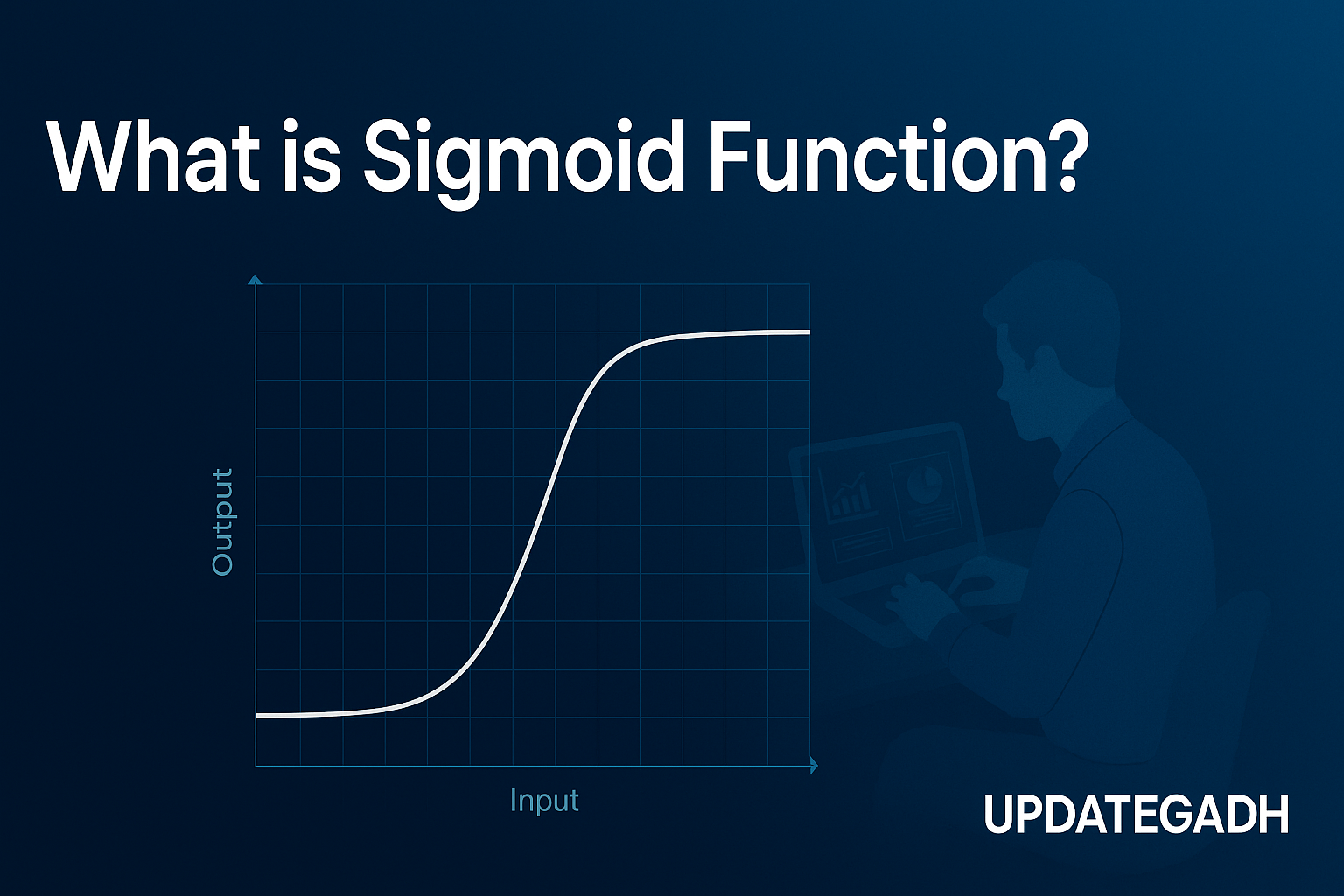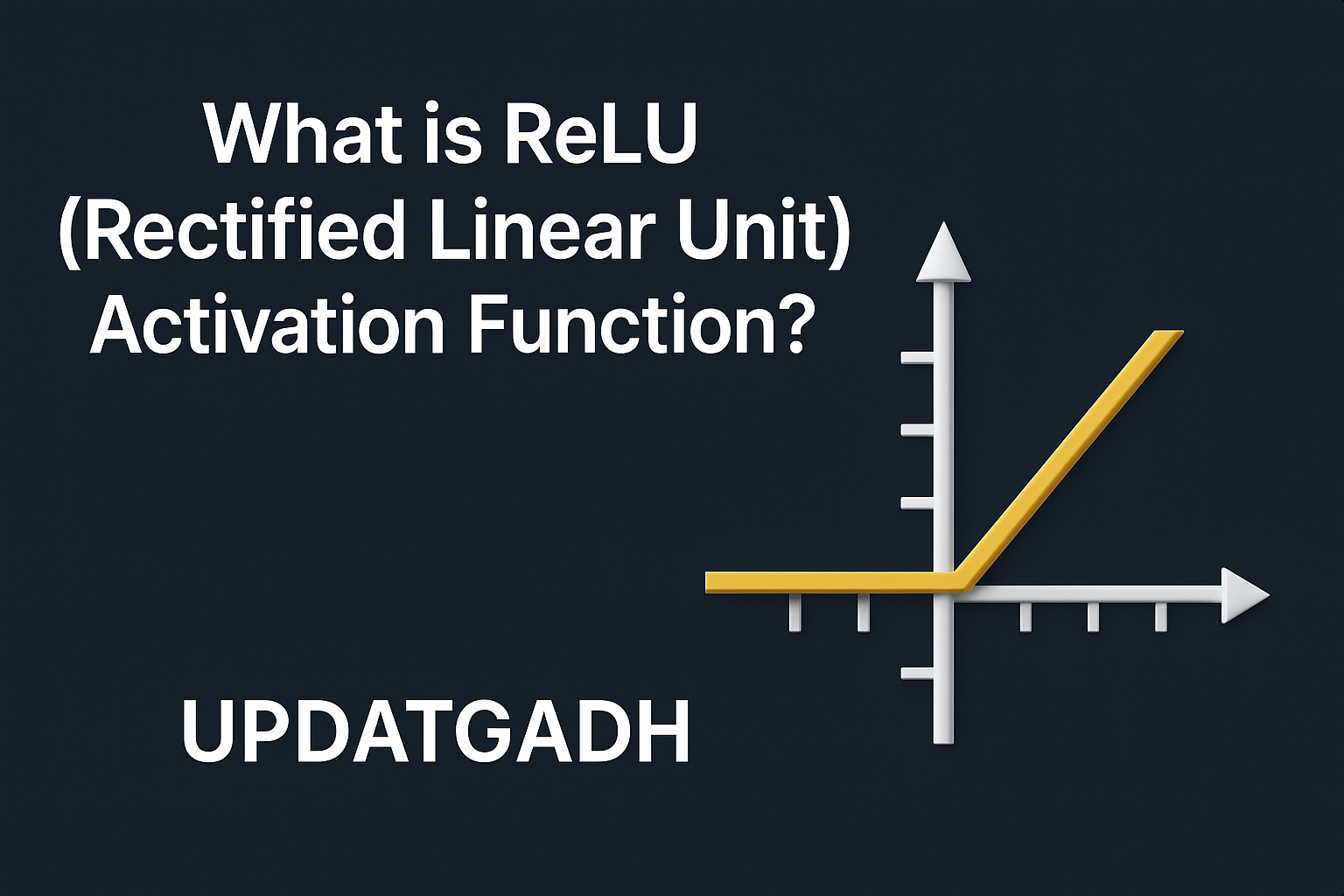
Principal Component Analysis (PCA)
Principal Component Analysis
In the ever-expanding world of machine learning and data science, dealing with high-dimensional data can be both a challenge and an opportunity. One of the most powerful techniques used to simplify such data without losing essential patterns is Principal Component Analysis (PCA).
The main use of PCA, an unsupervised learning algorithm, is dimensionality reduction. It transforms a large set of variables into a smaller one while retaining as much variability (information) as possible. This is achieved through orthogonal transformations, which convert correlated features into a set of linearly uncorrelated variables called Principal Components.
Complete Python Course with Advance topics:-Click Here
SQL Tutorial :-Click Here
Data Science Tutorial:-Click Here
Why Use PCA?
High-dimensional data is difficult to visualize and often includes redundant features that contribute little to learning. PCA tackles this by identifying the axes (or directions) in which the data varies the most and projects the data onto these new axes.
PCA simplifies the dataset, speeds up computations, and often improves model performance, especially in tasks like:
- Image compression & processing
- Recommendation systems
- Signal processing and communication optimization
- Exploratory data analysis
Key Concepts Behind PCA
Let’s dissect a few key ideas to comprehend PCA:
- Dimensionality: Number of features (columns) in a dataset.
- Correlation: Measures how strongly two features are related, ranging from -1 (perfect negative) to +1 (perfect positive).
- Orthogonality: Uncorrelated variables have zero correlation and no linear relationship.
- Covariance Matrix: A square matrix giving the covariance between each pair of variables.
- Eigenvectors and Eigenvalues: The backbone of PCA. Eigenvectors determine the direction of the new feature space, and eigenvalues define their magnitude (importance).
How PCA Works: Step-by-Step
Here’s a simplified process to implement PCA:
1. Acquire and Prepare the Dataset
Begin with a dataset and split it into X (features) and Y (target variable), if necessary.
2. Structure the Data
Organize the feature set X into a 2D matrix format, where each row represents a data point and each column a feature.
3. Standardize the Features
Standardisation is crucial since features may be on various scales. By deducting the mean and dividing by the standard deviation, each value in a column gets scaled.
4. Compute the Covariance Matrix
Determine the covariance matrix from the standardised data matrix Z:
Cov(Z) = Zᵀ × Z
5. Calculate Eigenvectors and Eigenvalues
Determine the covariance matrix’s eigenvectors and eigenvalues. Eigenvalues measure the magnitude of the variance, while eigenvectors indicate the direction of maximal variance.
6. Sort and Select Components
Sort eigenvalues in descending order and align their corresponding eigenvectors accordingly. Choose the top k eigenvectors (those with the highest eigenvalues).
7. Transform the Data
Project the original data onto the new feature space by multiplying the standardized data Z by the selected eigenvector matrix P*.
This results in a new dataset Z*, where each column is a Principal Component.
8. Drop Less Important Components
Finally, retain only the principal components that contribute significantly to the variance and drop the rest, effectively reducing dimensionality.
Properties of Principal Components
- Each component is a linear combination of the original features.
- They are mutually orthogonal (i.e., uncorrelated).
- Their importance decreases from the first to the last component.
Applications of PCA
PCA is used across various domains:
- Computer Vision: Face recognition, object detection, image reconstruction.
- Finance: Risk modeling, stock pattern analysis.
- Data Mining: Identifying hidden trends or clusters.
- Healthcare & Psychology: Gene expression analysis, behavior classification.
Download New Real Time Projects :-Click here
Complete Advance AI topics:- CLICK HERE
Final Thoughts
Principal Component Analysis is more than just a mathematical trick—it’s a strategic approach to reduce noise, uncover patterns, and improve the performance of machine learning models. While it requires a strong foundation in linear algebra, its practical benefits are immense for data scientists and analysts working with complex datasets.
At Updategadh, we believe mastering PCA is a key stepping stone in any data professional’s journey toward building smarter and more efficient models.
principal component analysis pdf
principal component analysis in machine learning
principal component analysis example
principal component analysis python
principal component analysis in r
principal component analysis ppt
pca medical
principal component analysis in geography










Post Comment